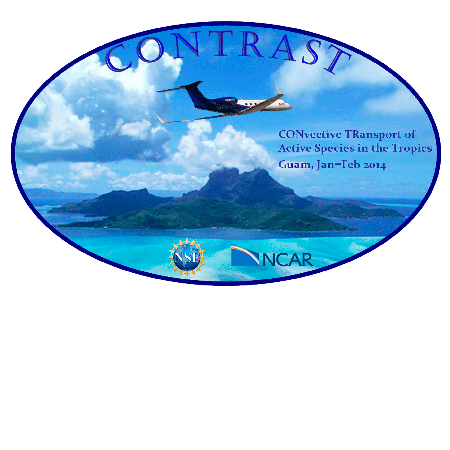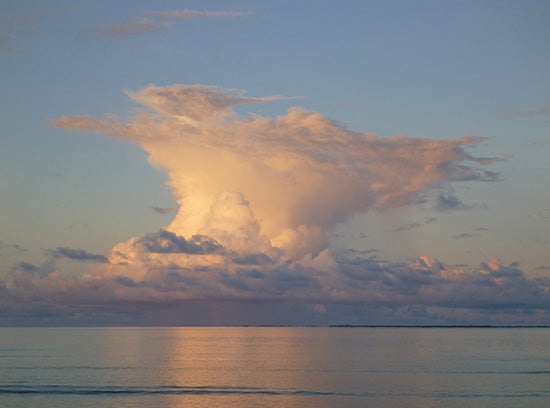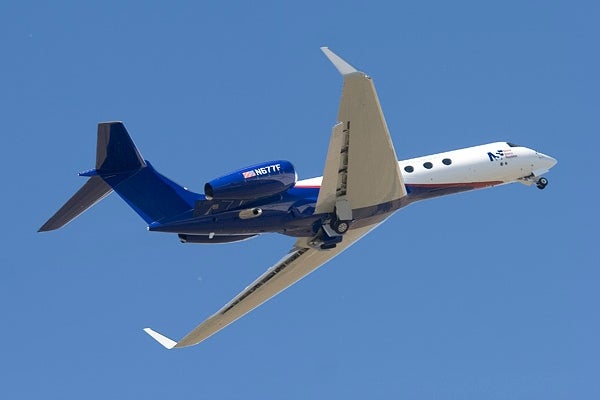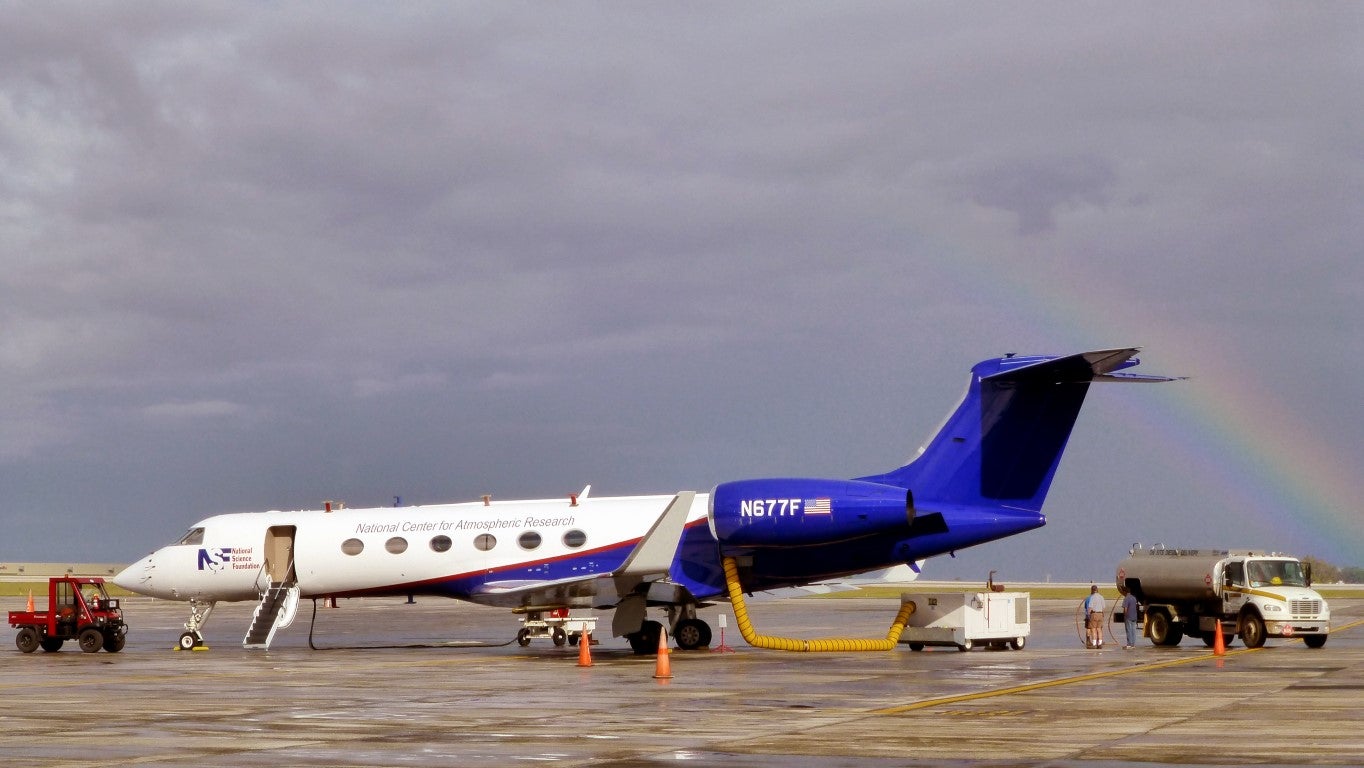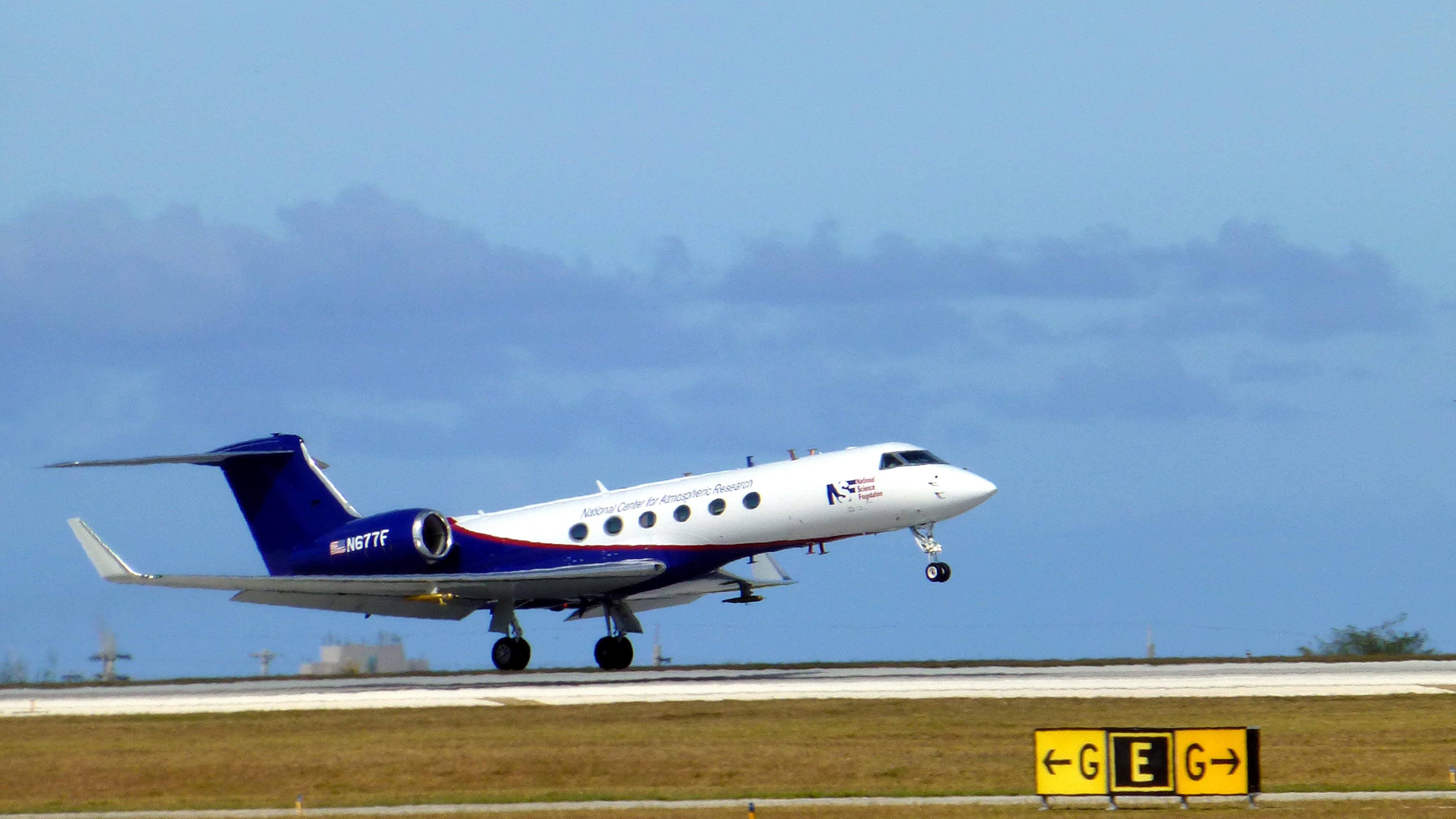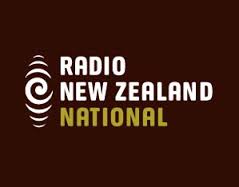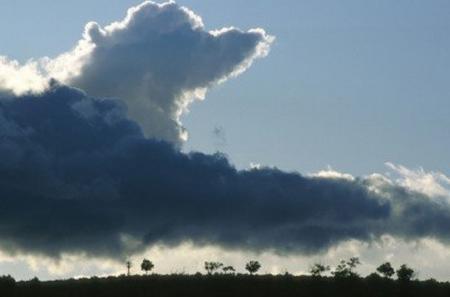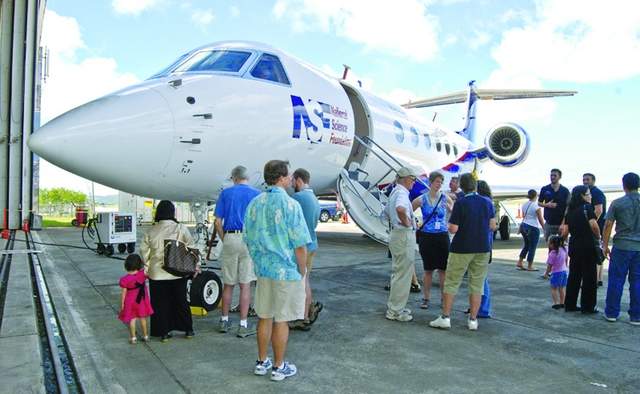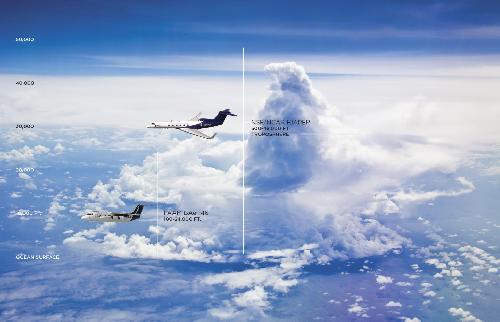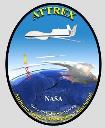Tropical fires fuel elevated ozone levels over western Pacific Ocean
Science Codex | 24 February 2016
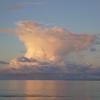 A diverse team of atmospheric chemists, meteorologists and modelers, including scientists from NASA, has traced the origins of mysterious pockets of high ozone concentrations and low water vapor in the air above the western Pacific Ocean near Guam to fires burning in Southeast Asia and in Africa, half a world away.
A diverse team of atmospheric chemists, meteorologists and modelers, including scientists from NASA, has traced the origins of mysterious pockets of high ozone concentrations and low water vapor in the air above the western Pacific Ocean near Guam to fires burning in Southeast Asia and in Africa, half a world away.
» Read more
Fires burning in Africa and Asia cause high ozone in tropical Pacific
Science Codex | 13 January 2016
 As decision makers from around the world congregated in Paris to prepare a global climate agreement at the 21st Conference of the Parties (COP21), many discussions focused on how to reduce greenhouse gases, including ozone.
As decision makers from around the world congregated in Paris to prepare a global climate agreement at the 21st Conference of the Parties (COP21), many discussions focused on how to reduce greenhouse gases, including ozone.
» Read more
Weather researchers open planes to visitors
Pacific Daily News | 16 February 2014
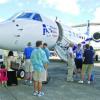 Atmospherical measurements: Guam residents explore two aircraft being used this month for a research project that studies gases in the atmosphere above the tropics during an open house yesterday at the Aviation Concepts hangar in Tiyan. Scientists and engineers from the National Center for Atmospheric Research [...]
Atmospherical measurements: Guam residents explore two aircraft being used this month for a research project that studies gases in the atmosphere above the tropics during an open house yesterday at the Aviation Concepts hangar in Tiyan. Scientists and engineers from the National Center for Atmospheric Research [...]
» Read more
CONTRAST Project Manager and K57's Ray Gibson
K57 Interviews | 13 February 2014
Interview between Ray Gibson and Jim Moore, Project CONTRAST, about research being conducted to measure the affects of different weather conditions at different altitudes.
» Read more
DLA Energy supports atmospheric research over Pacific Ocean
DVIDS | 30 January 2014
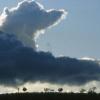 Defense Logistics Agency Energy Pacific provided fuel support to the National Center for Atmospheric Research, which will conduct field research to determine the climate impact of the warm western tropical Pacific Ocean waters and their influence on the atmosphere.
Defense Logistics Agency Energy Pacific provided fuel support to the National Center for Atmospheric Research, which will conduct field research to determine the climate impact of the warm western tropical Pacific Ocean waters and their influence on the atmosphere.
» Read more
Ocean's Chimney Effect Studied in Guam
Radio New Zealand International | 27 January 2014
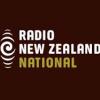 Dozens of scientists have converged on Guam to study a so-called chimney effect given off by the warm waters around the territory, and the influence it has on the global climate. Ross Salawitch is one of the principal investigators for the project called CONTRAST, or Convective Transport of Active Species in the Tropics.
Dozens of scientists have converged on Guam to study a so-called chimney effect given off by the warm waters around the territory, and the influence it has on the global climate. Ross Salawitch is one of the principal investigators for the project called CONTRAST, or Convective Transport of Active Species in the Tropics.
» Read more
Checking on Earth's 'chimney'
Baltimore Sun | 24 January 2014
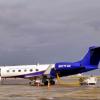 For years, scientists have suspected that the warm waters of the western Pacific Ocean play a key role in shaping the Earth's climate. But satellite data provided only a partial picture of what's happening in this remote region of the globe.
For years, scientists have suspected that the warm waters of the western Pacific Ocean play a key role in shaping the Earth's climate. But satellite data provided only a partial picture of what's happening in this remote region of the globe.
» Read more
Scientists to study Pacific Atmosphere
Marianas Variety | 09 January 2014
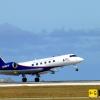 ABOUT 40 scientists from several stateside universities and the National Center of Atmospheric Research, or NCAR, will be stationed on Guam for seven weeks studying the atmospheric chemistry in the Western Pacific, according to a statement from the National Science Foundation.
ABOUT 40 scientists from several stateside universities and the National Center of Atmospheric Research, or NCAR, will be stationed on Guam for seven weeks studying the atmospheric chemistry in the Western Pacific, according to a statement from the National Science Foundation.
» Read more
3 of the World’s Best Scientific Aircraft Team Up for Climate Science Research
KQED | 09 January 2014
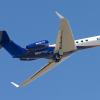 Of course spacecraft and astronauts and robot rovers are sexy. So are scientific submarines and their dives to the deep seafloor. But today I want to speak up for research aircraft and the plucky geniuses who maintain and fly them. They penetrate hurricanes; they peek high [...]
Of course spacecraft and astronauts and robot rovers are sexy. So are scientific submarines and their dives to the deep seafloor. But today I want to speak up for research aircraft and the plucky geniuses who maintain and fly them. They penetrate hurricanes; they peek high [...]
» Read more
Scientists to Examine Pacific's "Global Chimney"
UCAR AtmosNews | 07 January 2014

Even though few people live in the western tropical Pacific Ocean, these remote waters affect billions of people by shaping climate and air chemistry worldwide. Next week, leading scientists will head to the region to better understand its influence on the atmosphere [...]
» Read more
Salawitch a co-PI of TWP Air Composition Measurement Project (CONTRAST)
University of Maryland | 18 November 2013
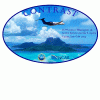 Known as CONTRAST or “CONvective TRansport of Active Species in the Tropics,” the mission will consist of a series of airborne observations conducted from Guam during January and February of 2014.
Known as CONTRAST or “CONvective TRansport of Active Species in the Tropics,” the mission will consist of a series of airborne observations conducted from Guam during January and February of 2014.
» Read more
Dataset Documentation Requirements
CONTRAST Data Submission Instructions
Letter from the Project Manager
CONTRAST Digital Camera Images and Movie Notes
CONTRAST Project Manager Report
Quick Questions for CONTRAST PIs
CONTRAST Educational Resources
